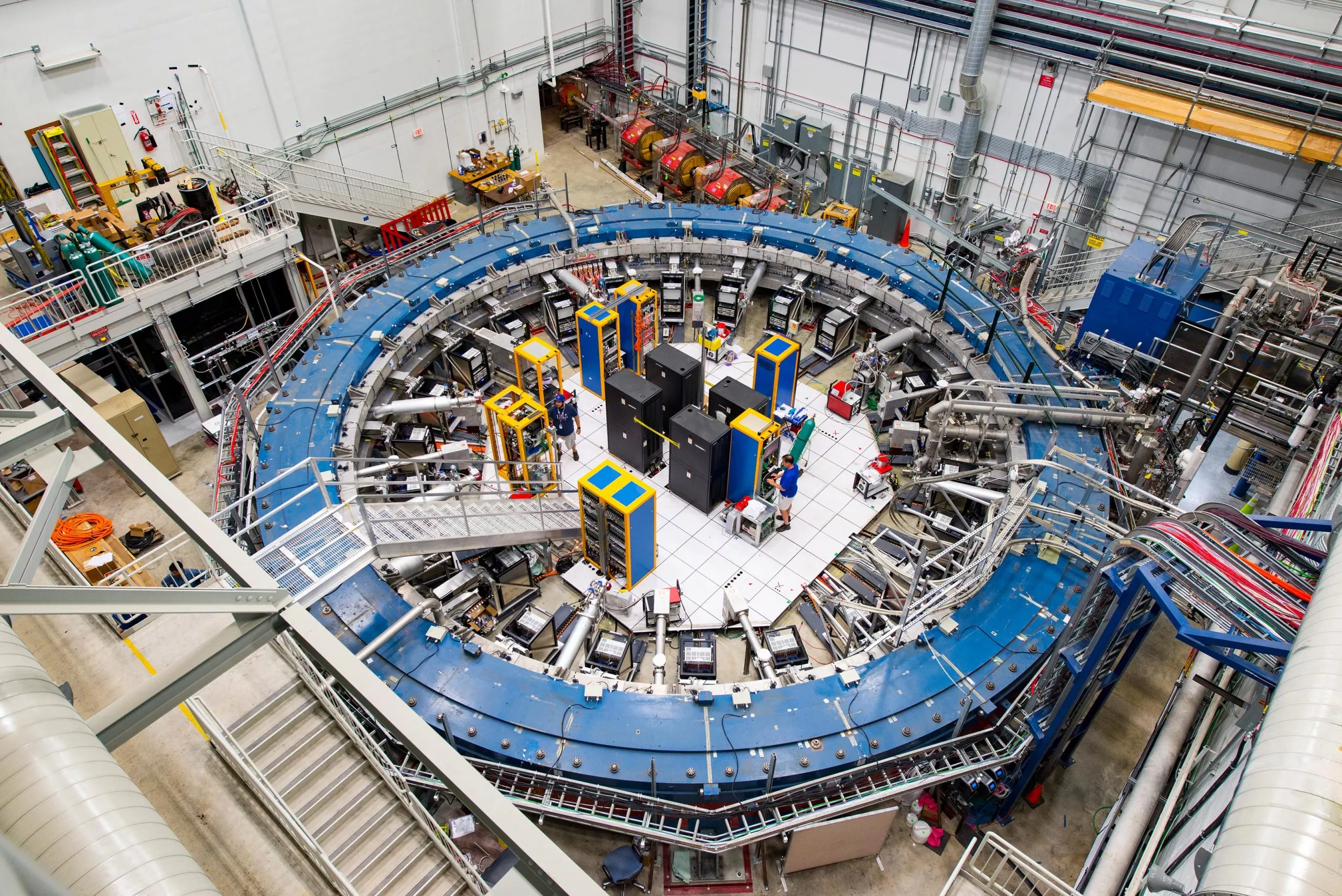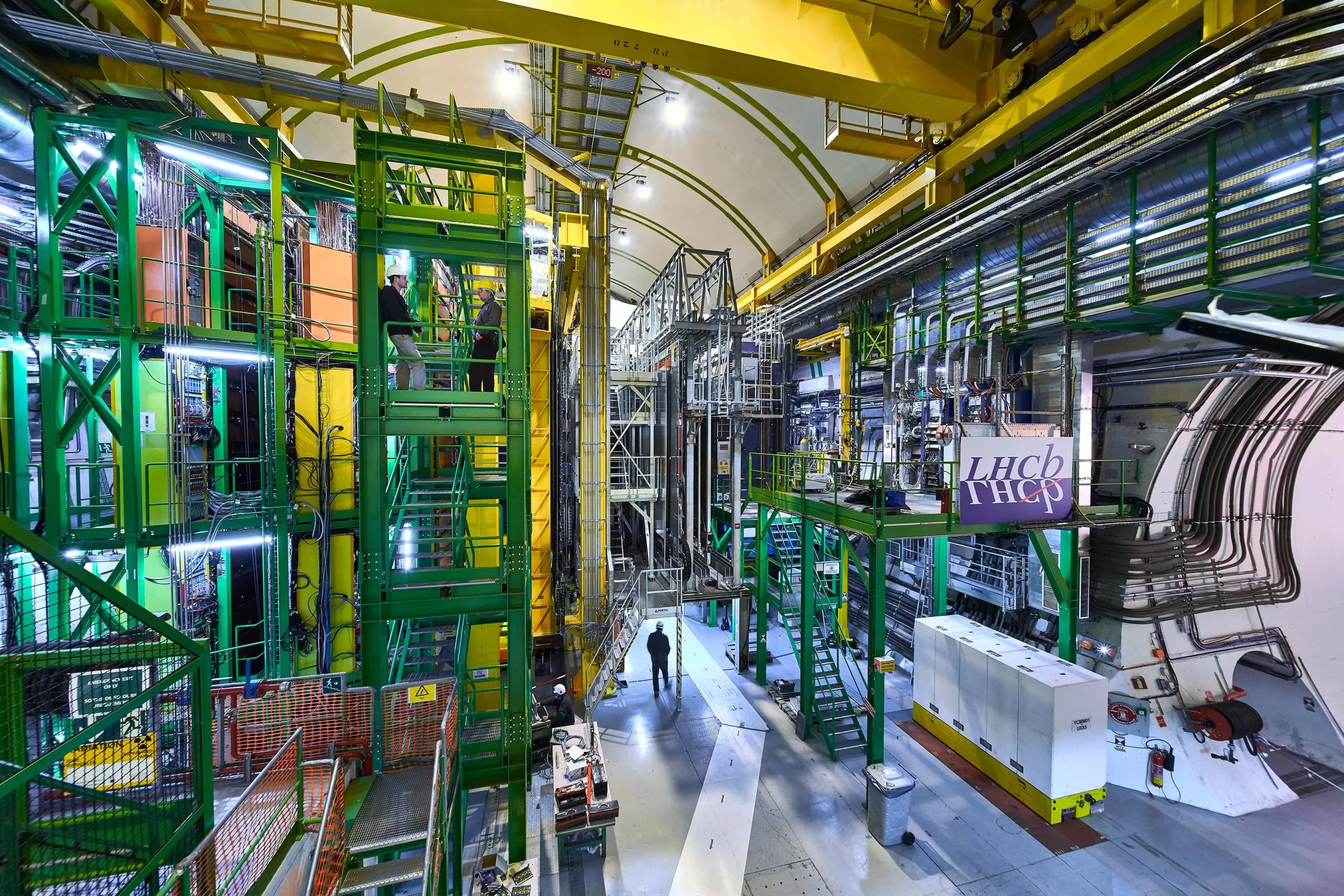A few days ago, Roger Jones from Lancaster University published an article saying: as a physicist at the Large Hadron Collider (LHC) of the European Center for Nuclear Research (CERN), one of the most frequently asked questions is - "when can you find what?" I resisted the temptation and replied sarcastically, "what else can you find besides the Nobel Prize winning Higgs boson and a lot of new composite particles?"
I realize that the reason why this question is raised so frequently is how we describe the progress of particle physics to the wider world.
We often talk about progress from the perspective of discovering new particles, which is often true. Studying a new, very heavy particle helps us see potential physical processes - usually without annoying background noise. This makes it easy to explain the value of this discovery to the public and politicians.
Recently, however, a series of accurate measurements of ordinary, known and standard particles and processes may shake physics. With the LHC ready to operate at higher energy and intensity than ever before, it is time to start a broad discussion of its impact.

In fact, particle physics has been carried out in two ways, and new particles are one of them. The other is to test the theoretical prediction and find the deviation from the expectation by making very accurate measurements.
For example, the early evidence of Einstein's general relativity comes from the discovery of small deviations in the position of the star's surface and the movement of mercury in its orbit.
Three key findings
Particles follow a counter intuitive but very successful theory, quantum mechanics. This theory shows that particles whose mass is too large to collide directly in the laboratory can still affect the behavior of other particles. However, the measurement of this impact is very complex and more difficult to explain to the public.
But recent results suggest that unexplained new physics outside the standard model belongs to the second type. A detailed study from the lhcb experiment found that a particle called mequark (quarks make up protons and neutrons in the nucleus) "decays" (disintegrates) into electrons at a much higher frequency than μ Son -- electrons are heavier, but they are identical in other aspects. They are brothers and sisters. According to the standard model, this should not happen - suggesting that new particles or even natural forces may affect the process.

Interestingly, measurements of similar processes involving "top quarks" in the atlas experiment from the LHC show that this decay does occur at the same rate in electrons and electrons μ Son.
At the same time, the muon G-2 experiment of Fermilab in the United States recently studied very accurately how muon "swings" when its "spin" (a quantum attribute) interacts with the surrounding magnetic field. It found a slight but significant deviation from some theoretical predictions - again indicating that unknown forces or particles may be at work.
The latest surprising result is a measurement of the mass of a fundamental particle called the w boson, which carries the weak nuclear force that governs radioactive decay. After years of data collection and analysis, experiments also conducted in Fermilab show that it is much heavier than predicted by theory - its deviation will not happen accidentally in more than one million experiments. Similarly, it may be that the undiscovered particle is increasing its mass.
Interestingly, however, this is also inconsistent with some lower accuracy measurements from the Large Hadron Collider.
Judgment result
Although we are not absolutely sure that these effects need a new explanation, the evidence seems to increasingly indicate the need for some new physics.
Of course, there will be almost as many new mechanisms as theorists to explain these observations. Many will seek various forms of "supersymmetry". This is the idea that the basic particles in the standard model are twice as many as we think, and each particle has a "super partner". These may involve additional Higgs bosons (related to the field that gives the elementary particle mass).
Others will go beyond this and cite less fashionable ideas recently, such as "technical color", which will mean the existence of additional natural forces (in addition to gravity, electromagnetic forces and weak and strong nuclear forces) and may mean that the Higgs boson is actually a composite of other particles. Only experiments can reveal the truth -- which is good news for experimenters.
Similarly, it may be that the researchers used subtle different explanations and found inconsistent results. Comparing the two experimental results requires careful examination of whether the same level of approximation is used in both cases.
These two examples are the source of "system uncertainty". Although all relevant personnel are trying to quantify them, there may be unforeseen complexity to underestimate or overestimate them.
None of this will make the current results less interesting or important. These results show that there are many ways to understand new physics more deeply, and they all need to be explored.
With the restart of LHC, it is still possible for us to generate new particles through more rare processes or find new particles hidden in the background we have not yet explored.